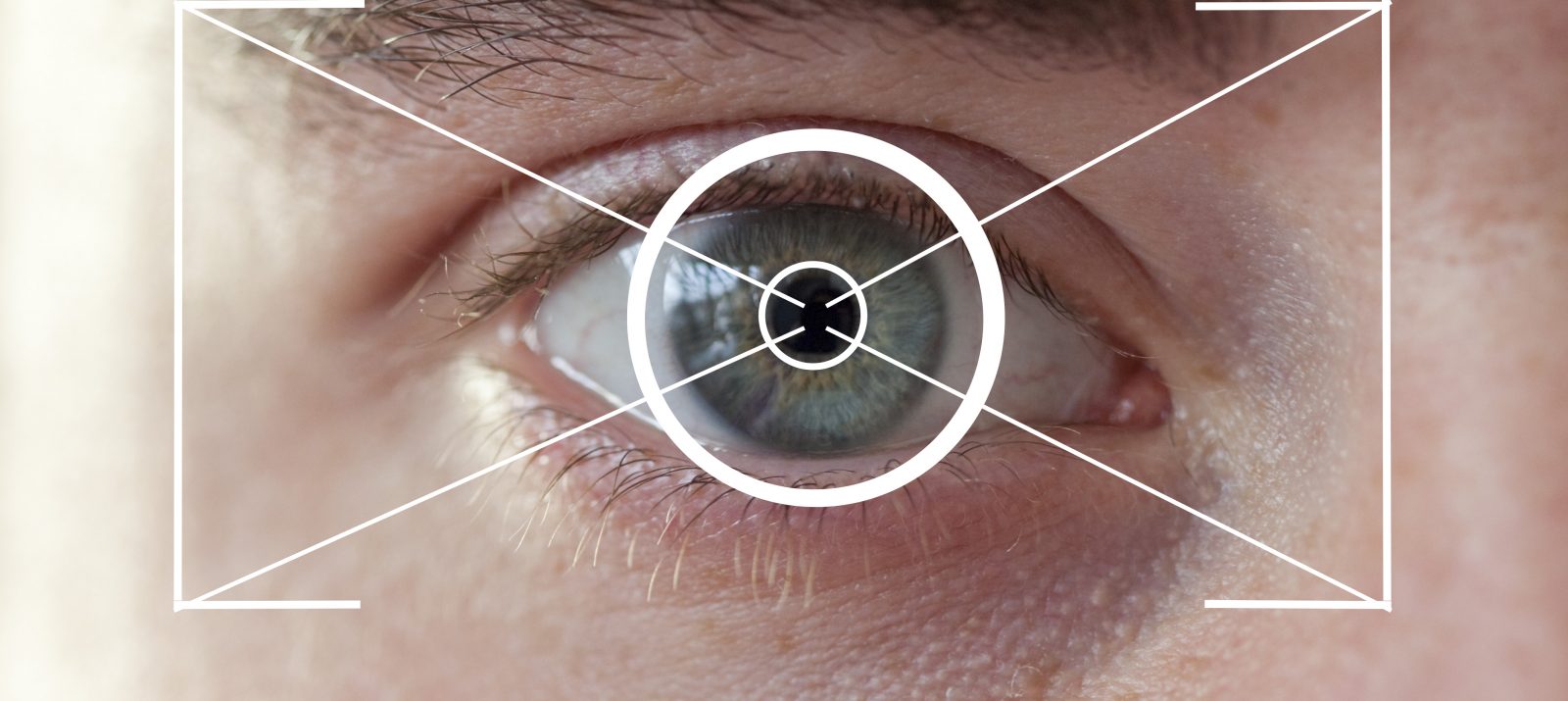
In Germany, we know it mainly from crime films on television: The witness of a crime looks through a card index with photos of possible perpetrators to identify a person by his face. The faces of people who have already committed a crime are stored in such a file. In the USA, this is already a reality: the face of every second adult is stored in government databases. And in Germany, too, technology is spreading more and more into the everyday lives of many people. In order to be able to identify dangerous persons and terrorists in public spaces in the future, cameras with facial recognition software were installed at Berlin’s Südkreuz train station, for example, for test purposes for a specified period of time.
But it is not only government agencies or authorities that use the possibilities of facial recognition. Technology is finding its way into more and more areas of everyday life. For example, the technology company Apple advertises its latest iPhones with the slogan: “Face ID – Your face is your password”. You can unlock your iPhone via face scan, and even when downloading apps, it is enough to hold one’s face in front of the smartphone. Technically, this should also work when wearing a hat or sunglasses, for example. This is practical and also sounds very safe at first. No more tedious typing of passcodes or patterns. Besides, one’s own face is unique, so how should a stranger be able to unlock the smartphone? However, it has become clear that there is still room for improvement in the technology. In some cases, other family members were able to unlock the iPhone without any problems due to similar features of their faces.
The Google Photos app also theoretically lets you search images by person. However, this option is not available in all countries. Google Image Search also allows you to upload a photo there and search the database for similar photos. Google does not tell you who the people in the pictures are. However, this information can be found, among others, on the pages where the image is embedded.
The social network Facebook also has such a feature, which was hotly debated when it was released. Maybe you once received a message that you were recognized in another user’s photo? Then the facial recognition of the platform is active with you. When uploading a photo, Facebook scans the image and wants to know from the user if it is the right person. This way you can be more easily recognized and marked in pictures. This is convenient, but in order to use the function, they must also agree to the processing of the necessary data. If you do not want your photos and videos to be automatically analyzed and evaluated for these purposes, you can deactivate facial recognition.
Facial recognition can be a major invasion of privacy. Being recognized in pictures on the Internet means that, for example, complete strangers can also obtain your contact details because you may be visible in the background of someone else’s photo. You should be aware that by using this feature, much like fingerprints, you are revealing information about yourself that is unique to each person. They also cannot be changed.
Therefore, think carefully about where you want to use facial recognition and which data you prefer to keep to yourself.